Absolute grounds of refusal ruthless for the adidas three stripe trademark
(Judgment of the General Court of 19 June 2019, case no. T-307/17)
Last week a judgment regarding one of the most well-known trademarks in the sports industry was issued. It seems that the sign of three parallel stripes is known to almost every recipient regardless of age and interest. Despite this, EUIPO and now the General Court found that the trademark should be invalidated because it had no inherent distinctive character and the distinctiveness acquired through use was not proven by the right holder. The case will probably go to the CJEU, so the validity of the mark has probably not yet been decided on.
The judgment concerns EUTM 12442166 trade mark, presented below.

The mark has been registered, but Shoe Branding Europe BVBA has filed an application for declaration of invalidity due to lack of distinctive character (Article 7 (1) (b) of Regulation No 207/2009). The Cancellation Division annulled the mark and the Second Board of Appeal of EUIPO dismissed the appeal. adidas AG argued that the mark acquired secondary meaning as a result of its use. However, the adjudicating authorities found that adidas did not provide relevant evidence.
It is important in the matter that the trademark was registered more widely than presented in the image. From the description of the mark, it appeared that the mark consists of three parallel equidistant stripes of identical witdth, applied on the product in any direction [ZGLEGAL’s emphasis]. A question then arose about the subject of protection. The opinions of adidas AG and EUIPO and the General Court varied. The right holder claimed that a trademark may be assumed a ‘surface pattern’, including repeatability of elements, which means, for example, that it could be extended or cut in different ways. EUIPO and the General Court considered the mark to be figurative, the object of which is the image of the sign as in the application, i.e. in such proportions as in the above presented image filed for registration.
The most interesting theoretical issue raised in the judgment was the interpretation of the concept of use of a mark within the meaning of art. 7(3) and art. 52(2) of Regulation No. 207/2009, i.e. the use leading to acquiring distinctive character through use. adidas AG believed that the term should be interpreted in the same way as the concept of genuine use of the trademark in art. 15(1) of the Regulation No. 207/2009 (now Article 18 (1) of Regulation 2017/1001), which includes in some cases the use of this mark in a form different from the form in which the mark was registered. EUIPO and Shoe Branding Europe BVBA believed that the concept of use from art. 7(3) and art. 52(2) of Regulation No. 207/2009 is narrower than the concept of genuine use within the meaning of art. 15(1) of the Regulation. According to them, in order to show that a mark has acquired distinctive character, the proprietor of a trade mark can only rely on the use of the trade mark in the form in which it was registered. The General Court supported the position of adidas AG and found that the the requirements that apply to verification of the genuine use of a mark are analogous to those concerning the acquisition by a sign of distinctive character through use for the purpose of its registration (point 58 of the judgment).
It should be noted that the resolution differs in this respect from the EUIPO guidelines, where it was stated that both concepts of use should be assessed differently (see:https://euipo.europa.eu/tunnel-web/secure/webdav/guest/document_library/contentPdfs/law_and_practice/trade_marks_practice_manual/WP_2_2017/Part-B/04-part_b_examination_section_4_absolute_grounds_for_refusal/part_B_examination_section_4_chapter_14/TC/part_B_examination_section_4_chapter_14_Acquired_distinctiveness_tc_en.pdf)
It seems, however, that the General Court was not consistent in applying the above interpretation. adidas AG presented various examples of the use of the mark, which could be considered equivalent to the subject of protection of the EUTM 12442166 mark. EUIPO and the General Court raised many arguments for considering that the examples of use presented by the right holder do not correspond to the EUTM 12442166 trademark. However, it appears that the main argument was the coloring of the sign. The judgment shows that most examples of use are three white, not black, parallel stripes. The assessment was also influenced by the fact that the trademark being the subject of the invalidation was considered to be extremely simple by the adjudicating bodies, which means that even a small modification may result in a significant change in the trademark characteristics.
With regard to the evidence for the acquisition of a distinctive character through use, this issue can be considered the most subjective and also not subject to sufficient analysis in the previous case-law. First of all, it should be noted that the difficulty on the part of the right holder consists primarily in presenting evidence from the time before the application of the mark (possibly also after its registration). Such evidence is rarely collected by trademark holders, above all because it is impossible to predict that they will be needed in the future. The second difficulty is the question of what evidence will be considered sufficient by the registration office or a court. Recently, a trend can be observed that registration offices and courts require direct evidence, most often market surveys reports. Unfortunately, when they are filed in a case, their value is often discredited. In addition, in matters relating to EU trade marks, it is necessary to demonstrate the distinctiveness in each Member State where the trademark lacks inherent distinctiveness. In case of figurative trademarks, these are most often all Member States. In the adidas case, the right holder encountered many possible difficulties related to the obligation to demonstrate secondary distinctiveness of the three stripes trademark. Consequently, the General Court confirmed that no distinctiveness acquired through use has been proven.
This case illustrates the current trend of a severe assessment of the distinctiveness of the mark and the difficulty of demonstrating distinctiveness acquired through use. A postulate is that more precise evaluation criteria should be developed in the case law, also in the area of evidence such as market surveys reports, which will lead to a greater predictability of protection granted to trade marks in the context of absolute grounds of refusal. In this case, the obstacles to registration turned out to be absolute in the literal sense of the term, as one of the most recognizable signs (at least in Poland) – three parallel stripes – has been deprived of protection.
Notwithstanding the above, the case draws attention to the importance of the decisions of the applicants at the stage of choosing the mark. It often happens that it is not analyzed whether the chosen designation may encounter obstacles at the registration stage, or later in a possible confrontation with the application for invalidation, in what form the mark will be used on the goods, whether it is worth registering different variants of the designation and what the scope of protection granted in the dispute for a trademark infringement will be. As for the subject of protection, the resignation from the requirement of a graphical representation of the trademark in the amended EU trademark law in favor of the possibility of presenting the mark in the register in a manner allowing to establish a clear and precise subject of protection granted should be appreciated. In fact it changes the focus of the examination of the trademark application from whether it is possible to present a mark graphically to whether the subject of protection is accurately defined. It is also worth noting that now indicating the type of the mark in a trademark application is necessary in Poland, e.g. whether the mark is figurative, three-dimensional or pattern, which will directly affect the scope of protection. It seems that after the amendment of the trademark law, the subject of protection will be more precisely determined than previously already at the stage of filing a trademark, which may allow to avoid difficulties at later stages of the trademark use and enforcement.
Zobacz też:
LETNIE SPOTKANIA IP W OGRODZIE DLA STUDENTÓW PRAWA
Odkryj pasjonujący świat praw własności intelektualnej z kancelarią Żuraw i Wspólnicy sp. k.! Czy interesujesz się prawem własności intelektualnej? Ciekawią Cię znaki towarowe i zasady ich ochrony? Masz ochotę poznać fascynujące przypadki naruszeń renomowanych...
TSUE potwierdził, że sama wiedza o wcześniejszym znaku towarowym nie będzie wystarczającą podstawą stwierdzenia złej wiary
Wyrokiem z 15 maja 2024 r. w sprawie T-181/23, TSUE oddalił skargę na decyzję Izby Odwoławczej EUIPO i tym samym po raz kolejny potwierdził, że sama wiedza zgłaszającego o wcześniejszym znaku towarowym podmiotu trzeciego nie będzie wystarczająca do stwierdzenia, że...
Wyrok czeskiego sądu w sprawie dzieła wygenerowanego przez sztuczną inteligencję
Sztuczna inteligencja coraz lepiej radzi sobie w sektorze muzyki, literatury, a także de facto w większości dziedzin wymagających do tej pory zastrzeżonego do tej pory wyłącznie dla człowieka twórczego podejścia do dowolnego zadania, czy zagadnienia. Kwestią czasu...
Kontakt
Zapraszamy do kontaktu lub wizyty w naszej kancelarii
Warszawa
ul. Sobieszyńska 35,
00-764 Warszawa
tel. +48 664 948 372

